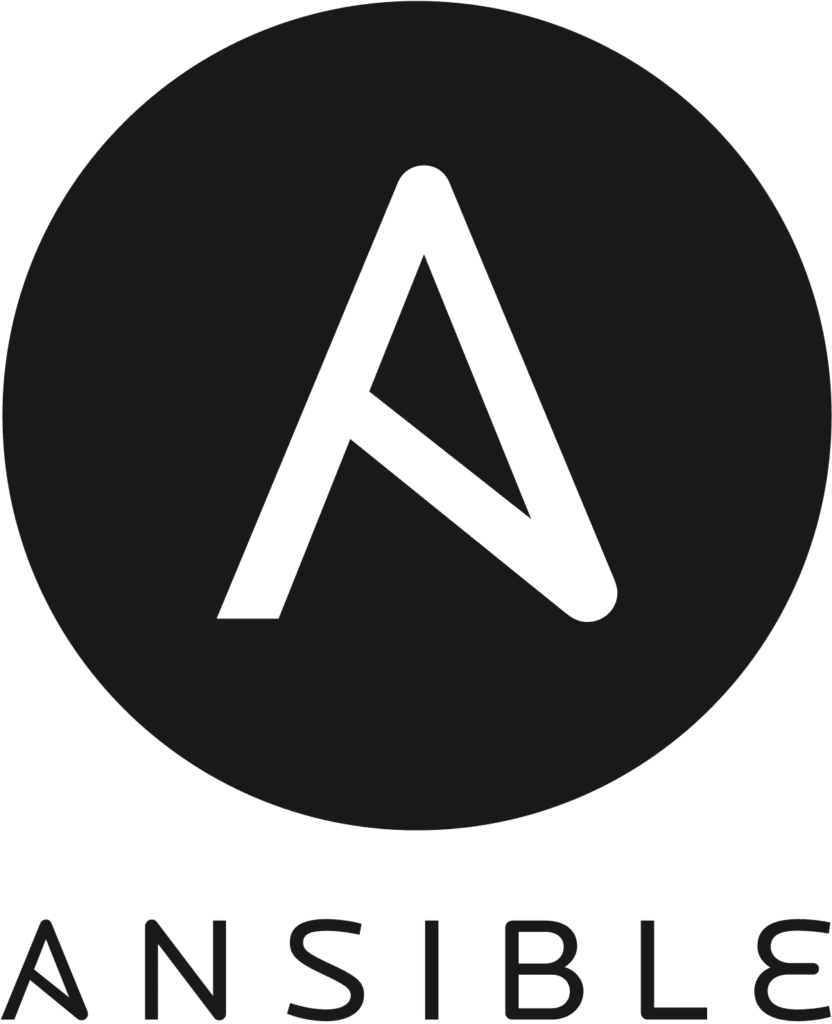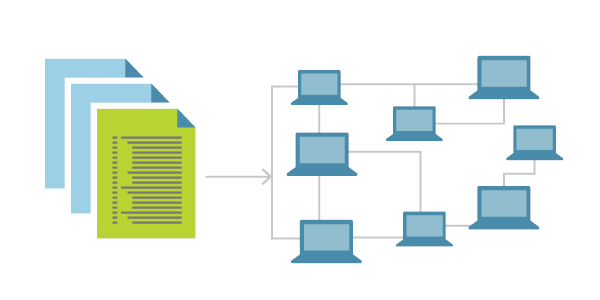Tag: YAML
Using the Liquid Web Command Line Interface (LW CLI)
What is the Liquid Web Command Line Interface (LW CLI)?
This is the official command line interface for the Liquid Web API. CLI stands for the “command line interface” which is used for interacting with multiple Liquid Web services via the Liquid Web’s Public API.
Top 5 Tools to Validate YAML Files
What is YAML?

YAML Ain’t Markup Language (or YAML™) is a human-friendly, easily readable data language widely used with or alongside almost all programming mediums. It is designed around a standard formatted layout useful for creating configuration files that readily integrate across multiple development environments. It is also valuable for managing concurrent data as it includes the ability to employ Unicode printable characters.
Using Telepresence to Improve Microservice Development

What is Telepresence?
Initially developed by Datawire, Telepresence is a new open-source tool supported by the CNCF (Cloud Native Computing Foundation). It allows developers to run local software while connected to a remote Kubernetes cluster. The application uses a two-way network proxy to simulate TCP connections, environmental variables, and other volumes of services as local processes. This link allows for remote work to be accomplished while seemingly local to the cluster via the proxied connection.
How to Install Jenkins on Ubuntu 20.04
How to Install Jenkins on CentOS 8
What is Jenkins?
Jenkins is an open-source software written in Java and Scala. This software allows users the ability to automate almost any task and, it saves significant time that can be better utilized addressing other issues. When automating tasks with Jenkins, users can optimize their workflow by quickly automating the jobs that servers cannot do themselves. In this tutorial, we will learn how to install Jenkins on CentOS 8. We will also explore what its purpose is and share several benefits that Jenkins offers. We will then configure it to run on our CentOS 8 server.
An Introduction to Ansible Playbooks

Ansible is an open-source tool that uses playbooks to enable configuration management, software provisioning, and application deployment. It is primarily written in Python and was released in 2012. Ever since then, it has saved countless hours of often menial work of deploying and maintaining IT infrastructure. Overall, Ansible is very consistent, secure, reliable, and it requires a minimal learning curve. Simply put, Ansible is a powerful tool for automating apps and infrastructure. You can read more about general Ansible information in our recently published article.
What is Infrastructure as Code? (IaC)
Introduction: What is IaC?

Today we will become acquainted with a concept known as Infrastructure as Code. The idea of Infrastructure as Code is becoming more and more popular today. IaC is a method used to manage and provision a data center via defined machine-readable files instead of physical hardware configuration or other interactive configuration tools. This article will share what it is used for, why it is important, and why businesses strive to utilize this platform to achieve a desired set of results. It is essential to understand that we will consider both the theoretical and practical parts of IaC.
DevOps: A New Perspective on Shared Automation
What is DevOps?
DevOps is a set of various tools, practices, and ideals that combine software development (Dev) and IT Operations (Ops) into a single unifying force. It allows for better collaboration between developers, operations teams, system administrators, and system engineers. Their streamlined goal is to continually provide a high-value software product to the customer at high speed while monitoring and improving the overall process than using traditional software and infrastructure management.
What is Elasticsearch?
Elasticsearch is a distributed, full-text, open-source search engine. It provides multi-tenant capabilities in analyzing aggregate data types from sources like Logstash or Kibana. This application stores and indexes information, which can then be queried for specific data. It returns useful details about a particular program, log analysis, application performance data, or other information.
How to Install and Configure Elasticsearch
What is Elasticsearch?

Elasticsearch is a distributed, open-source, full-text search engine which provides multi-tenant capabilities for analyzing multiple data types. It stores and indexes data shipped from sources like Logstash or Kibana. Elasticsearch can then be queried for specific data to return useful information about a particular application, log analysis, application performance data, or other information.
Our Sales and Support teams are available 24 hours by phone or e-mail to assist.

